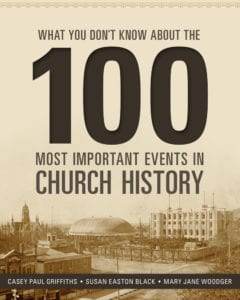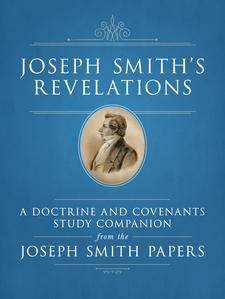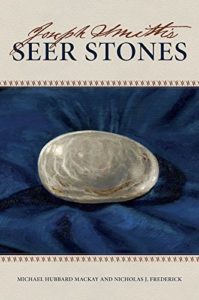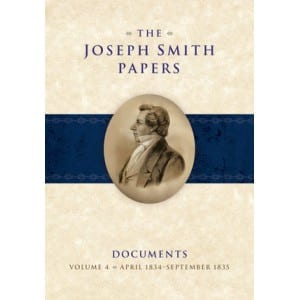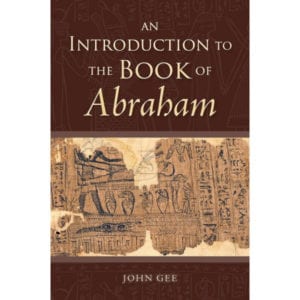
Publisher: Religious Studies Center, Brigham Young University and Deseret Book
Author: John Gee
Number of Pages: 197
Binding: Hardcover
ISBN-13: 978-1-9443-9406-6
Price: $19.99
Click to purchase the book.
The Book of Abraham is my favorite book of scripture. Mostly it is because of chapter 3, which contains information that is not found anywhere else in LDS scripture. I also remember discovering the facsimiles as a child and thinking that they were really neat. Unfortunately, the Book of Abraham has also become a favorite for critics to attack, as it is the only book of scripture that Joseph Smith translated for which there appears to be any extant source material, and that material does not seem to match what is in the Book of Abraham. But it’s really much more complicated than that.
This book explains what is currently known about the Book of Abraham and its associated artifacts and documents, and why the critics are wrong. It is written by John Gee, who is a professor of Egyptology at BYU. He got his PhD in Egyptology at Yale and has written many research publications for professional journals as well as writing for LDS audiences. The book is written to be understandable by any reader (although an LDS background is very helpful) in a straightforward manner that actually makes for a fairly quick read.
The book contains 17 chapters, most of them fairly short, that build on each other. At the end is a series of questions and answers that basically provides a summary of the book. It also has photos of the extant papyri, maps, charts, diagrams, and other helpful or interesting illustrations scattered throughout. At the end of most chapters is a list of “Further Reading” with notes about each item. Unfortunately, there are not many footnotes in the book; they only exist to provide sources for quotes. So you have to refer to the notes in the “Further Reading” section to deduce where some of the information came from. This did lead me to find one inconsistency – on page 97, it says “The Book of Abraham begins much like other autobiographies from Abraham’s time and place.” However, on page 103 in “Further Reading,” there is an entry that says, “This essay is a comparison of the Book of Abraham with the only other autobiographical inscription to survive from the approximate time and place of Abraham.”
After the introduction, the book begins with a historical overview which explains how Joseph Smith got the papyri and then what happened to them after his death, with the church finally receiving surviving fragments in 1967 (most of what Joseph had in his possession ended up burning in the Chicago Fire of 1871). “To the disappointment of many, although these remaining fragments contained the illustration that served as the basis for Facsimile 1, they were not the portion of the papyri that contained the text of the Book of Abraham” (page 9).
The next chapter is about the translation. Some have thought that Joseph may have used a seer stone (see my review of Joseph Smith’s Seer Stones), but Gee says that “Some thirdhand accounts claim he did, but those accounts do not come from anyone who actually observed the translation” and that “By the time that Joseph finished translating the Book of Mormon in 1829, he no longer needed to use the Urim and Thummim to receive revelation” (page 20.) What is known is that much more was translated than what ended up being published (the rest has been lost), and that it was done without using a dictionary or grammar as a conventional translation normally would. It does appear that W. W. Phelps attempted to compile an Egyptian grammar after the translation, but the extent of Joseph’s involvement in that is unknown. [Read more…] about Book Review: An Introduction to the Book of Abraham
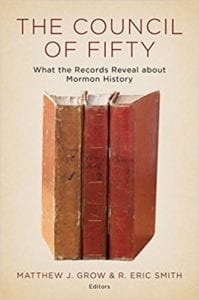 Publisher: Religious Studies Center, Brigham Young University
Publisher: Religious Studies Center, Brigham Young University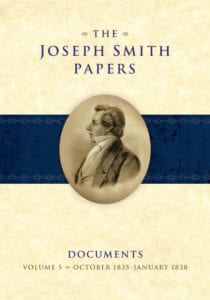 Publisher: The Church Historian’s Press
Publisher: The Church Historian’s Press